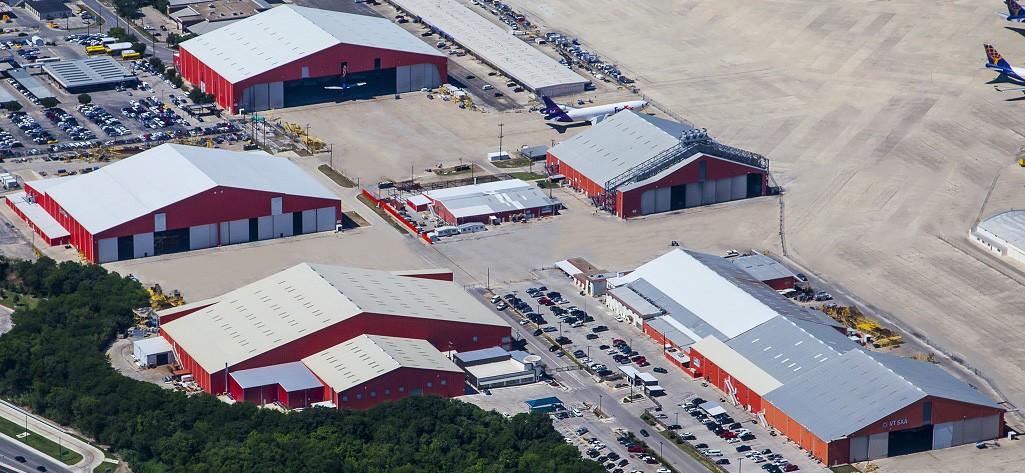
Digitization of the aircraft aftermarket has been a slow but welcome trend for most of its stakeholders, although recent events may have caused some to reminisce fondly about the benefits of the analogue age.
In early June, a U.S. subsidiary of ST Engineering--VT San Antonio Aerospace--suffered a serious cybersecurity breach. Ed Onwe, the aircraft MRO provider’s general manager, reported that “a sophisticated group of cyber criminals, known as the Maze group, gained unauthorized access to our network and deployed a ransomware attack.”
ST Engineering does not believe that IT systems beyond VT San Antonio in the wider group were also breached, but is taking steps to strengthen its overall cybersecurity architecture nevertheless.
The company did not reveal what data had been compromised, but Onwe acknowledged the need “to ensure that the data we are entrusted with remains safe and secure.”
In the past, reliance on paper-based records made this an easier task, although the risk from hackers still is nowhere near great enough to outweigh the efficiency benefits of going digital.
As a result, OEMs and maintenance companies are having to invest increasing amounts in cybersecurity, be it for internet-enabled (and thus potentially hackable) components or the increasingly valuable data they generate.
For example, Lufthansa Technik uses encryption throughout its Aviatar platform--on which airlines share operating data--both for data in storage and in transit. This is the last line of defence if other security measures--such as Aviatar’s firewall and automatic threat detection--fail.
At the same time, it is clear that cyber-threats will continue to evolve and proliferate, and that the defences of today may not suffice tomorrow.
“We will be working with our customers and industry peers to share insights and any lessons learned so that they can learn from our experience,” said Onwe.





